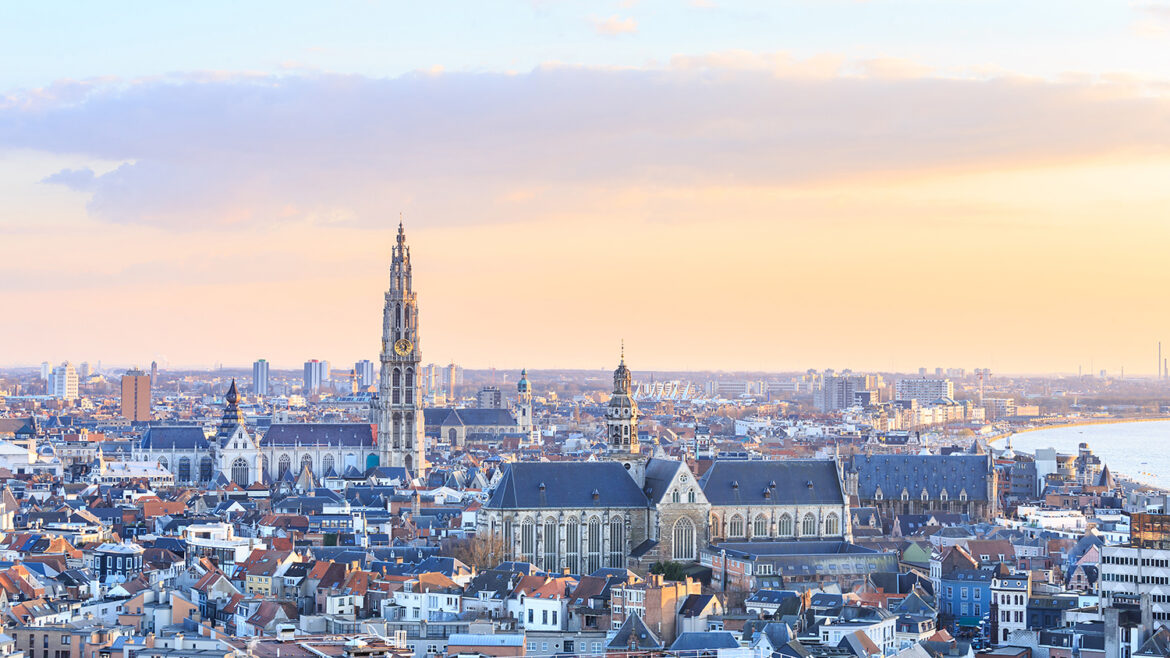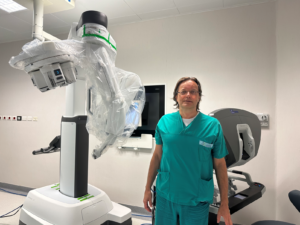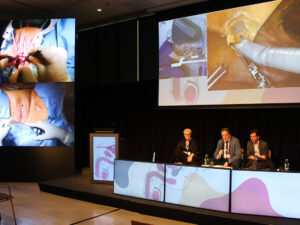The EAU Sections of Genito-Reconstructive Surgeons and Andrological Urology (ESGURS and ESAU) have held joint section meetings in recent years, but for 2024 they will be joined by the US-based Society of Genitourinary Reconstructive Surgeons (GURS).
Global (ES)GURS-ESAU24 is this year’s expanded edition of the previously held ESGURS-ESAU meetings. Its scientific programme covers both andrological urology and reconstructive urology, demonstrated or otherwise presented by a faculty representing three international scientific bodies. The meeting will take place over the course of three days, on 9-11 October 2024 in Antwerp, Belgium.
The three chairs share their thoughts on this new collaboration and which hot topics they are looking forward to seeing discussed in Antwerp.
Scientific programme
First and foremost, the collaboration will offer a scientific programme that is unique in its breadth and its international expertise. Prof. Carlo Bettocchi (Foggia, IT), ESAU Chair:
“We are thrilled to host a lineup of distinguished speakers who are leaders in the field of uro-andrology and reconstructive urology, either in Europe or North America. Their expertise and insights will provide valuable knowledge and stimulate engaging discussions.”
“Several sessions will focus on the latest and most pressing issues in uro-andrology, including advancements in minimally invasive surgical techniques, and innovative treatment modalities for conditions such as erectile dysfunction, male infertility, and traumas. These topics reflect the forefront of research and clinical practice in our field.”
Prof. Keith Rourke (Alberta, CA), President of GURS also praises the reconstructive side of the programme: “The sheer breadth and quality of speakers from around the globe boggles the mind! Of particular note are the sessions covering complex urethral reconstruction; managing postoperative complications; treating coexistent conditions; and global training in reconstructive urology. These promise to be highly engaging for the participants.”
The Society of Genitourinary Reconstructive Surgeons was founded in 1983 and has grown to gain a global reputation. It hosts its own annual interdisciplinary meeting, as well as collaborating with the AUA, the EAU and the SIU.
“We have many highlights and of course live surgery,” says ESGURS Chair Prof. David Ralph (London, GB). “There will be extensive lectures and surgical demonstrations on urethral stricture with expert speakers coming from all areas of the globe including those representing the International Society of Reconstructive Urology (ISORU). Penile surgery, implants and curvature are well-represented, with the bonus of having high-volume implants present. Male infertility will be a session with novel microsurgery demonstrated and also transgender and incontinence surgery.”
Live surgery
One aspect of Global (ES)GURS-ESAU24 that really sets it apart from other meetings is its extensive live surgery programme. With eight sessions, spread out over three days, the meeting will have a tremendous educational and interactive dimension.
“Live surgery is what delegates come to a meeting for,” says Prof. Ralph. “They can see experts doing both complex and easy cases to enable them to take small improvements back home. Of course everyone likes to see how the surgeon deals with complications which happen to all of us.”
Prof. Rourke agrees: “Live surgery events have enormous educational value. Actively sharing techniques, technologies and surgical circumstances we encounter every day directly makes patient lives better. In urology, this benefit been proven across the vast majority of participants and among various sub-specialties including endo-urology, robotic surgery and of course reconstructive urology.”
Global approach for 2024
The decision to adopt a ‘global’ approach for this year’s meeting “was born from the increasingly interconnected nature of the scientific world,” says Prof. Bettocchi.
“A global approach fosters greater collaboration and knowledge exchange among professionals from various countries. This can lead to innovative solutions and advancements in our field that may not be possible within a more localised context. By bringing together a diverse group of experts, we can spur new ideas and approaches that can be applied globally. Moreover, this approach ensures that our meeting is inclusive and representative of the global community.”
Prof. Ralph points out that reconstructive pathologies certainly differ around the world: “Transgender surgery is uncommon in the Middle East or Asia, whereas complex urethral pathology is more common in the developing world. Penile implants and curvature are a Western disease and uncommon in Asia. The diverse nature of the speakers will show different ways of treating the same problem in different healthcare situations.”
“We thought it appropriate to have one larger meeting rather than many smaller ones as all organisations complement each other with a lot of overlap. This would allow us to have a larger audience, more collaboration and better discussions.”
Prof. Rourke sees reconstructive urology as “an actively evolving and rapidly growing discipline. Partnering and sharing expertise with other societies and organisations is germane to our fundamental goal of improving care and outcomes for those with conditions needing genitourinary reconstruction. Innovation seldom thrives in silos, and by bringing the ‘reconstructive urology world’ together in Belgium, we will plant the seeds of progress worldwide.”
ESAU and andrological urology
This Antwerp meeting will also be a first in another sense: Prof. Bettocchi only recently assumed the Chair of the EAU Section of Andrological Urology and this will be the first (joint) Section meeting on his watch. Asked about his ambitions with the Section, Prof. Bettocchi said the following:
“As the newly appointed ESAU Chair, I am honored to lead this Section. I aim to foster cutting-edge research and the adoption of advanced technologies in ESAU, improving the education and quality of care in our field. Moreover, I plan to promote greater collaboration between researchers, clinicians, and company partners, organising joint events, workshops, masterclasses and other collaborative projects. Overall, my vision is to create a dynamic and supportive environment within the ESAU, where innovation thrives, collaboration is encouraged, and education is prioritised.”
- Registration for (ES)GURS-ESAU24 in Antwerp is currently open! The discounted Late Fee is available until 25 September, at various price points for different members, nurses, medical students etc.
- The meeting will partially run in parallel to the ESU-ESAU-ESGURS Masterclass on Erectile Restoration and Peyronie’s disease (9-10 October).





